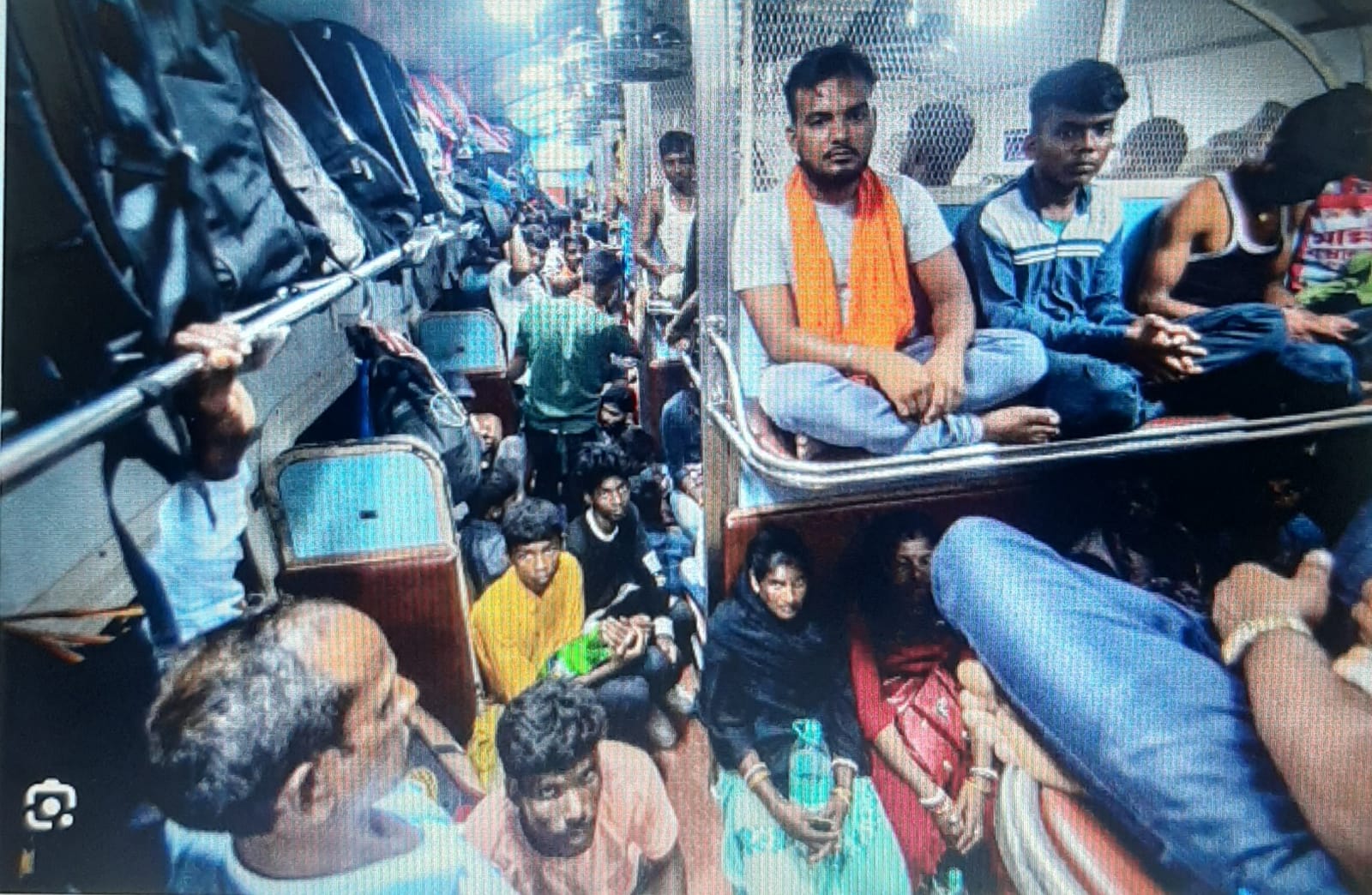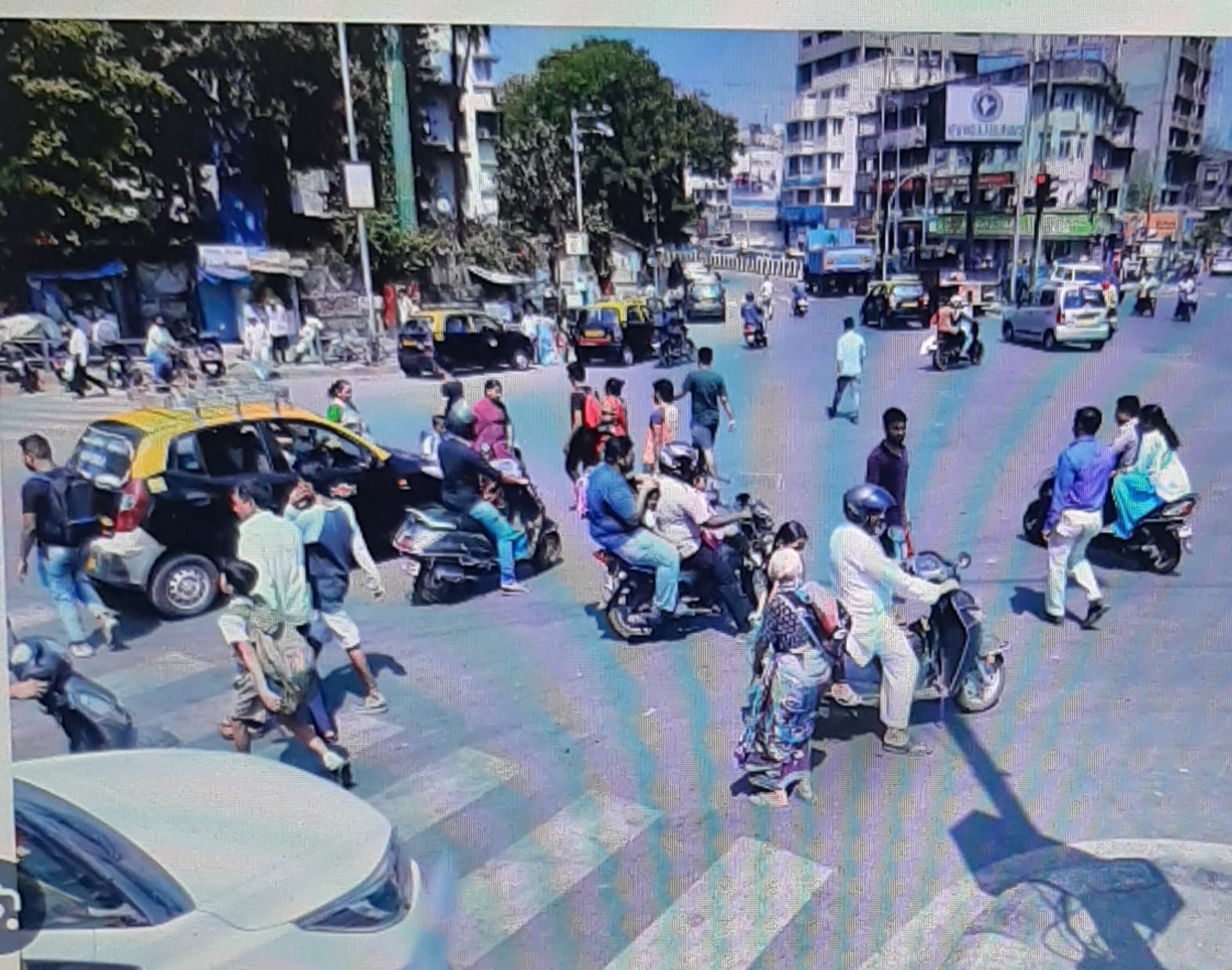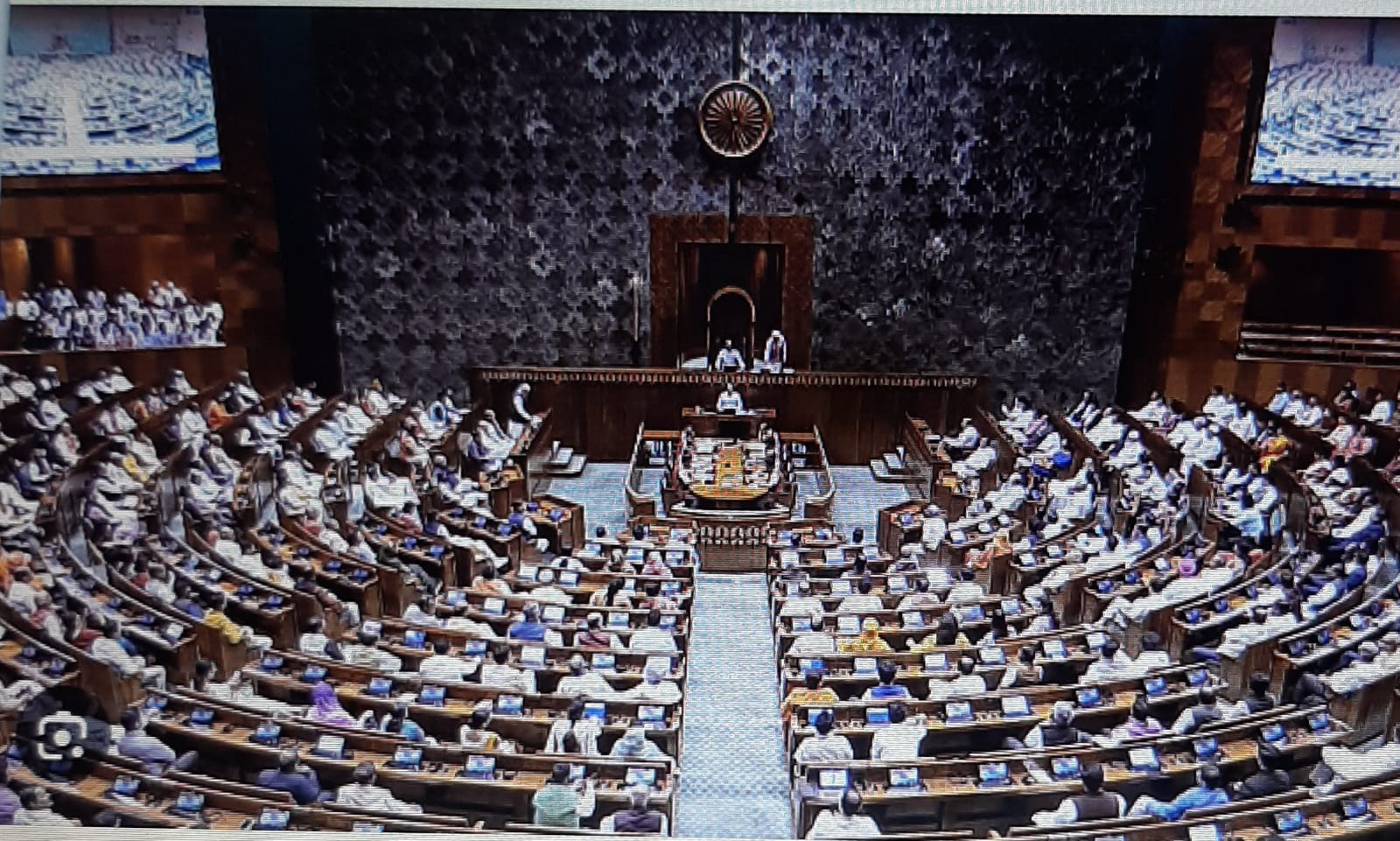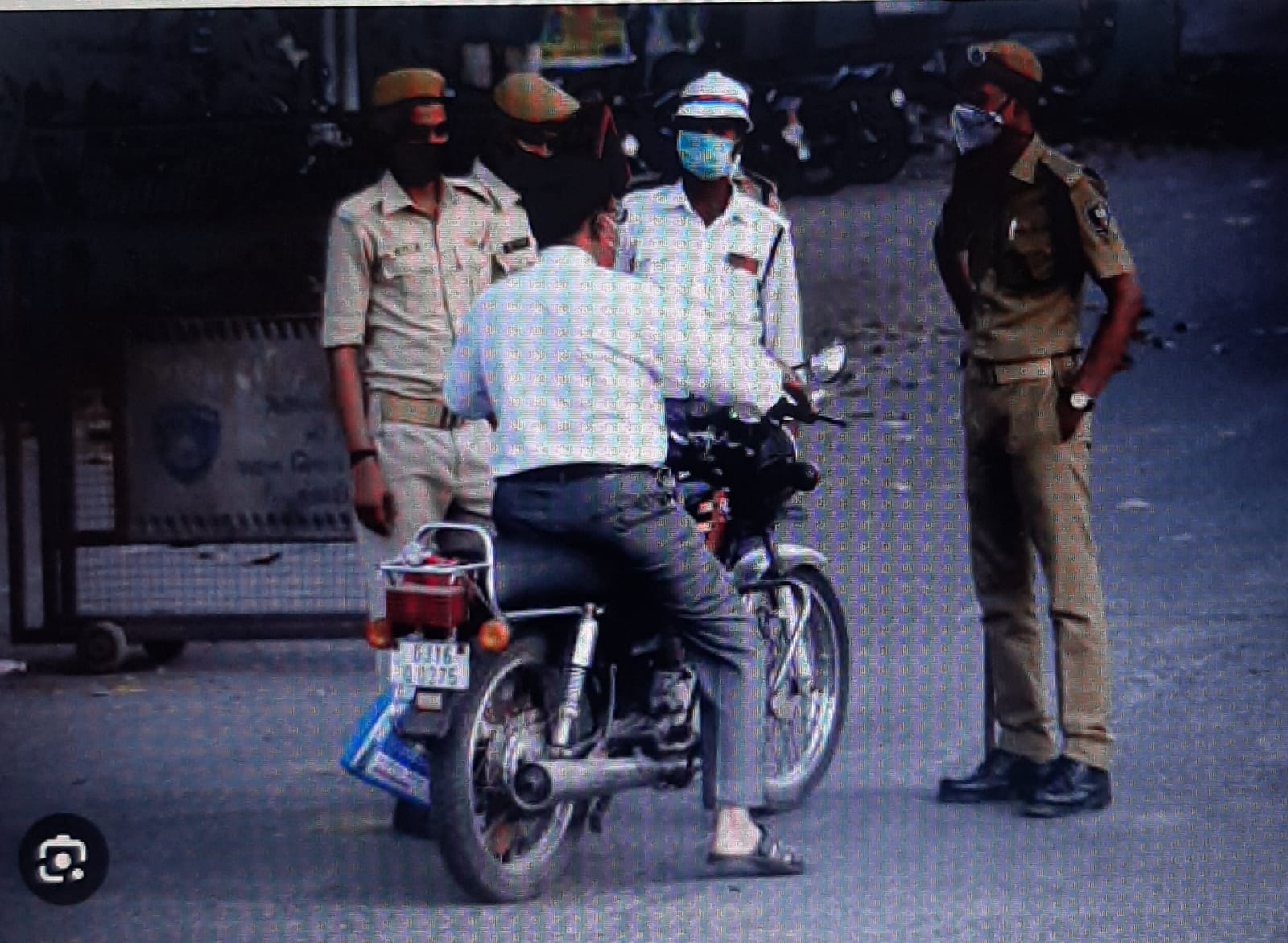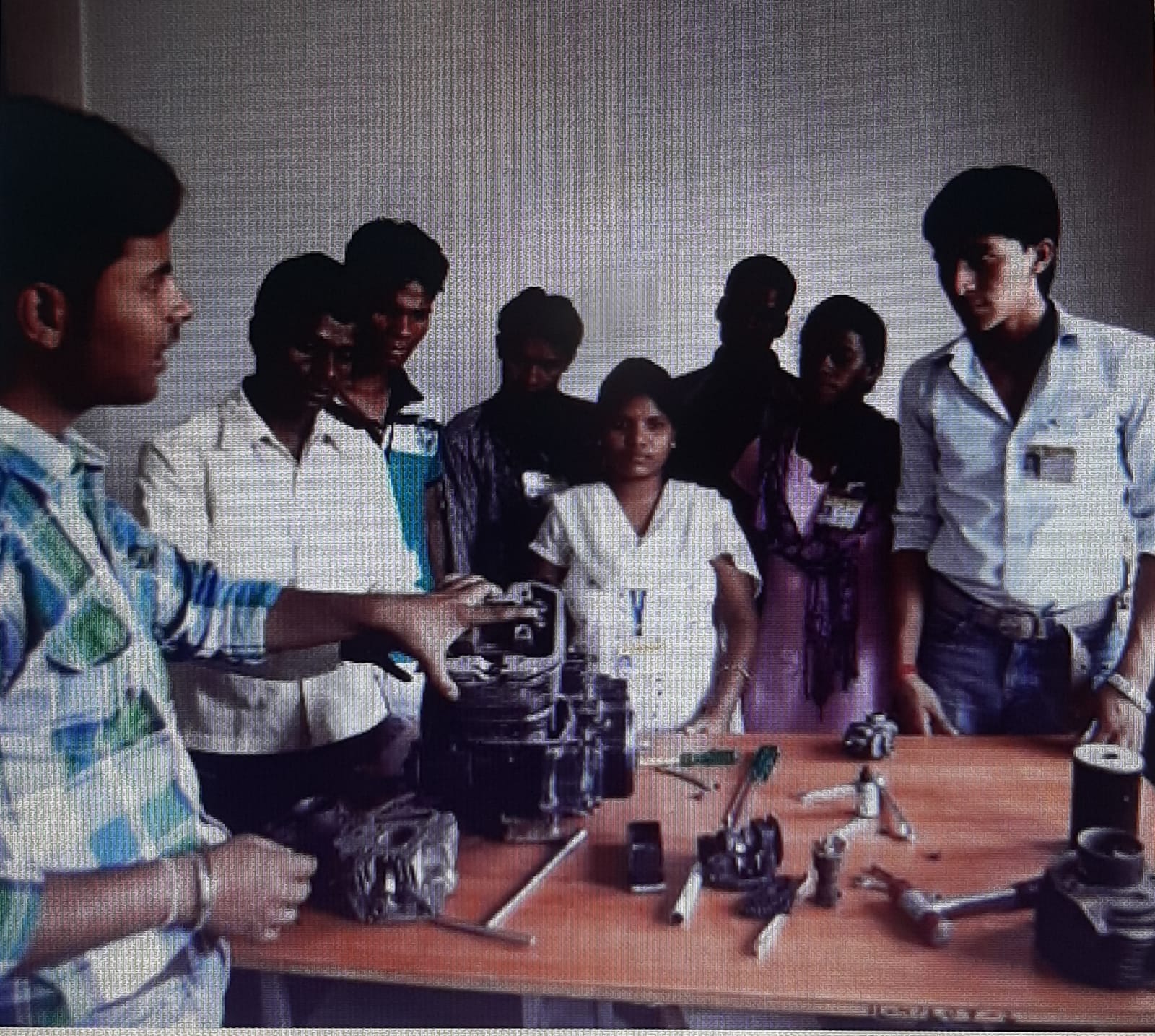Tipping point: Ayodhya
Vijay Shankar Pandey, Ex. I.A.S
Former Secretary , Govt. of India
Ayodhya  burning. Arson. Rampaging mobs. Killings. India  in flames. Fear pervading India’s psyche. Rumours were rife fomenting  and fuelling strife. India was burning. India on edge. The entire world was watching , waiting and apprehensive. For the first time , religious identity seemed to be gaining primacy. Ayodhya  seemed to have become the trigger- the flashpoint for imminent rioting everywhere and any misstep could precipitate a configuration throughout vulnerable India .In this tensely riven atmosphere I was summoned to Lucknow on 7th December 1992 afternoon  and told to rush to Faizabad to take charge as District Magistrate Faizabad. When I reached Lucknow from Allahabad, where I was posted then as Member, Board of Revenue , bombs could be heard exploding all around and could be heard even inside the Secretariat building where  I was officially briefed by the then Chief Secretary Mr.V.K.Saxena. He asked me to immediately go and control the turbulent situation there.
 Around 4 AM ,in the early morning of 8th December 1992, I left for Faizabad. Since the entire  area was under curfew and the roads leading to faizabad  were all blocked by kar sewaks, I was sent by helicopter. An eerie   and uneasy quiet defined the area. Threat of violence was imminent despite the curfew. The administration had to urgently restrain the lumpen mobs who had run amok in the past week and openly threatened “Babur’s progeny†claiming that they must leave India. Some thousand odd Muslim families had fled Ayodha much before the demolition fearing the worst. Rampaging mobs had torched and ravaged numerous houses belonging to muslims  and damaged mosques in the vicinity of the disputed structure after the demolition.The rule of law had been totally negated and administration had been a mute spectator to mayhem and violence which had occurred. The police had even been accused of partisanship and bias and had not checked the lumpen mobs.
Who Would trust administration now ? In this surcharged atmosphere I began the vital task of restoring the primacy of law. Only then would a sense of security be instilled and the populace start to live in peace again.  Nearly 1000 terrified muslim families had fled from Ayodhya. They were huddled in makeshift relief camps where living conditions were dismal. Devoid of even the most basic amenities their misery was further aggravated by a fear psychosis that they would be hounded from there also . Public opinion , popular perception ,the vocal press- all were unanimous that these thousands of  people would never be able to return home .The social fabric had been split forever.
              I was determined to reverse this situation and re- establish the rule of law for every individual. The administration had to work honestly and impartially. This was my responsibility- reestablishing public faith in this viciously polarised environment. Not a single incident was allowed to disrupt law and order there after. While the facilities provided in the relief camps were immediately improved and it was ensured that they were   secure and comfortable. Effective administration successfully contained explosive situation . Miscreants had got the stern message and did not have the temerity to risk salutary punishment by breaching peace. All out efforts were made to promote confidence amongst the minorities. Also through intensive conversation and interaction with these displaced Muslim families we succeeded in convincing them that law and state is with them and it was their free will to live where ever they wanted After lots of persuasion and assurances ,they agreed to return to their damaged homes. This was a gigantic step forward. The process was   expedited by first conducting an honest survey of the loss suffered by those displaced , then promptly sanctioning and immediately disbursing necessary rehabilitation and house building grants that would enable them to rebuild their torched homes .Numerous local bodies and departments involved in the process, sought to obstruct and delay the rehabilitation process .Red tapism was notoriously entrenched. Their dilatory tactics were checked and all the hurdles were removed to help these stricken , scarred people .
The whole landscape was also scarred. The main road was dotted with damaged mosques . I was determined to have these mosques  repaired .Many meetings and discussions with the prominent leaders initiated the process. I promised them that the Administration would provide all the necessary help and also assist in every way required. This proposal was not accepted by muslims with alacrity – they had lost hope that these scars would ever be healed again. So vitiated was the atmosphere and so much distrust prevailed. Our diseased body politic had destroyed tolerance. Any  majoritarian backlash would have reignited the volatile situation not only in Ayodhya but also Pan India.
I had decided my course . The mosques embodied the secular ethos of our land enshrined in our Constitution .It was necessary to restore the confidence of the besieged minority. Abandoned homes and destroyed mosques depicted  loss, tragedy and displacement .This was an assault on the rich pluralistic heritage of Ayodhya. It had to be reclaimed . It was a necessary step forward and it had to be taken. Justice had to be done The work of reparing the mosques commenced in earnest and within a short span of a month or so all the damaged mosques were restored to their original state. This was the Tipping point. No reaction No rioting. The spirit of accomodation prevailed. The composite heritage of Ayodhya triumphed again. The populace of the twin cities of Faizabad- Ayodhya defeated nefarious politics and its insidious polarising agenda. The primacy of humanity prevailed over radical fringe elements. The Muslims courageously returned to their rebuilt homes and resumed their lives in their beloved land .
Simultaneously we began attacking the real monsters -the evils of poverty, illiteracy, lack of basic health care, unemployment -which had all grown under successive governments, of every hue and which were the major affliction of the district. The populace also responded proactively. They were made aware that divine invocations through the Ram temple or Babri Masjid would not alleviate their misery. It was mis-governance which had destroyed their lives. They began cooperating with each other as well as with honest sincere efforts of the administration towards a better life.
Plurality of our syncretic heritage must be safeguarded above all, irrespective of the ruling party in power. Justice for all must be the sin qua non of every adminstration. The people of Faizabad believed the administration was delivering on this and that is why peace was reestablished so rapidly. Development, not mandir-masjid became the defining agenda for the first time after 1986.


